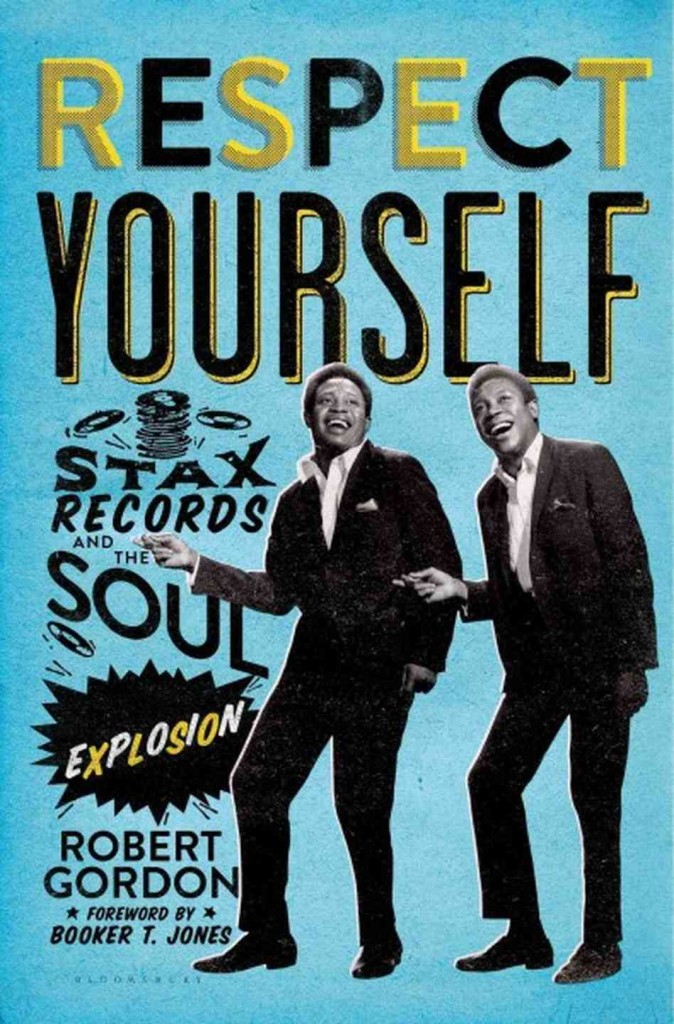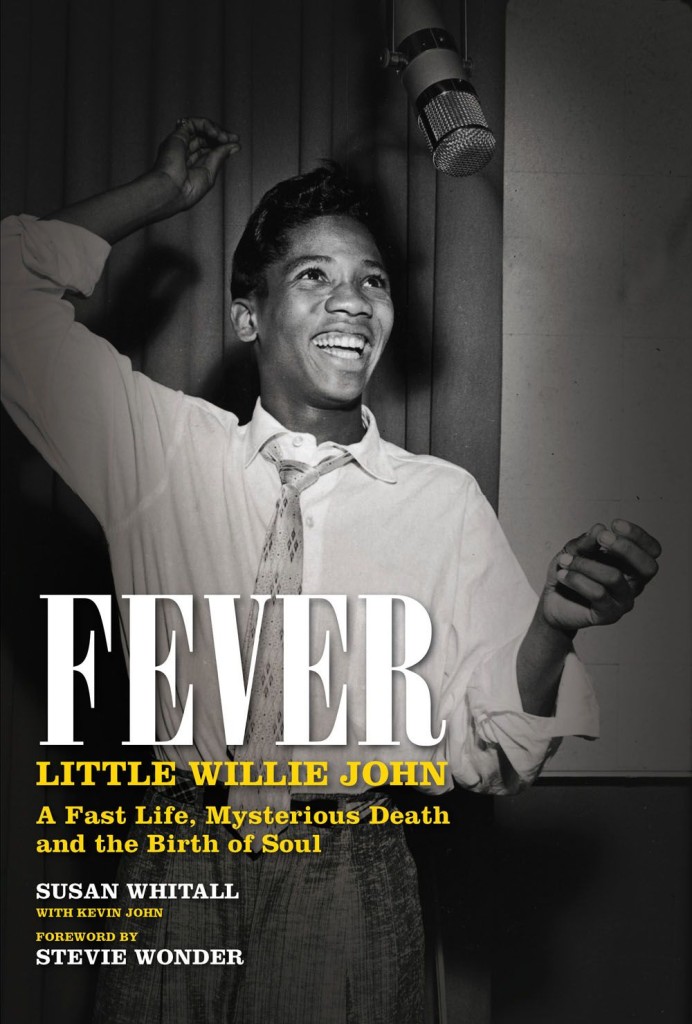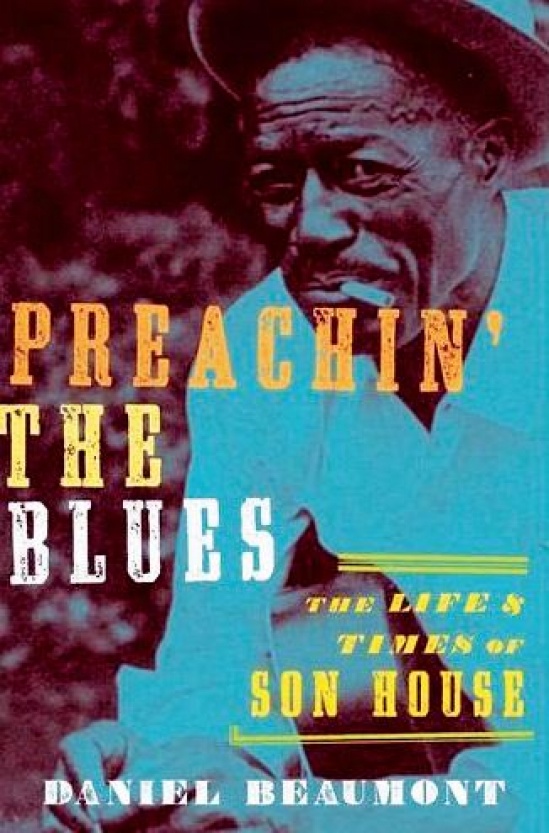
RESPECT YOURSELF: THE STORY OF STAX RECORDS Bloomsbury USA
Author Robert Gordon has been writing about the music of Memphis for almost 30 years. In Respect Yourself: The Story of STAX Records Mr. Gordon not only tells the story of STAX but also the story of the Civil Rights movement in Memphis.  Passionately written and meticulously researched this book takes you from the label’s meager beginnings in a garage outside Memphis to it’s bankruptcy in 1975.  Along with Mr. Gordon’s narration you hear from the people that made STAX happen, making this book one of a kind.
A LITTLE STAX HISTORY…
Started by Jim Stewart and his sister Estelle Axton in 1957, STAX Records was more then just a record label. It was a voice in the community. The label’s open door policy made it possible for anyone to come in off the street and set up an audition. It didn’t matter where you were from or what the color of your skin was, you were welcomed at STAX as long as you had a passion for music.
Right from the beginning STAX did things it’s own way. Segregation may have been alive and well in Memphis during the 1960’s, but that didn’t stop STAX founder Jim Stewart from hiring an African American DJ named Al Bell to be his lead promotions man. Â Working together side by side Jim, Estelle, and Al turned STAX records from a little indie label into a household name! Â STAX artists like Otis Redding, Booker T. & The MG’s, Carla Thomas, and William Bell put the label on the map with singles that started appearing on the R&B and Pop charts. Â Money was coming in and things were really rolling, until one very dark December day in 1967…
Today many people can remember exactly where they were when they learned that the plane carrying Otis Redding and The Bar-Keys went down. Otis was the soul of STAX and the voice of soul music. Â A few months later while the people of STAX were still grieving over the loss of Otis and the Bar Keys their world was rocked again. Â On the evening of April 4, 1968 Â Dr. Martin Luther King was assassinated at the Lorraine Motel in Memphis. Â Needless to say, after the assassination of Dr. King everything was different, especially in Memphis. Â If all this wasn’t enough, Â the label’s distributor Atlantic Records ended it’s relationship with STAX. Â With it’s biggest star gone and no way to get music to the stores most label’s would have called it a day, but most labels didn’t have Al Bell. Â It was then that Al and the folks at STAX hunkered down and staged one of the biggest comebacks in music history.
The early 70’s found STAX again at the top of the Soul music world. This time around STAX would reach heights that were even greater then it did in the 1960’s. Al Bell gained full control of the label and STAX rode the success of artists like Isaac Hayes, The Emotions, Johnnie Taylor, and The Staple Singers all the way to the top of the charts. Sadly this rebirth would be short lived as some questionable business decisions and over expatiation lead to STAX eventually having to declaring bankruptcy in 1975.
All that said, STAX has lived on in many different ways. Many of their artists are still celebrated today and have found new audiences. Artists such as William Bell, Mavis Staples, and Eddie Floyd still perform and continue to release new music while others like Sam Moore are mostly retired but still appear at the occasional music festival. The studio was rebuilt and is now a museum (possibly the best museum in Memphis not named The National Civil Rights museum). There is also the Stax Music Academy, a music school that is focused on providing music education to local youth. So while the days of Otis roaming the halls and Al Bell running the office might be gone all is not lost. The future of Stax is very bright.





